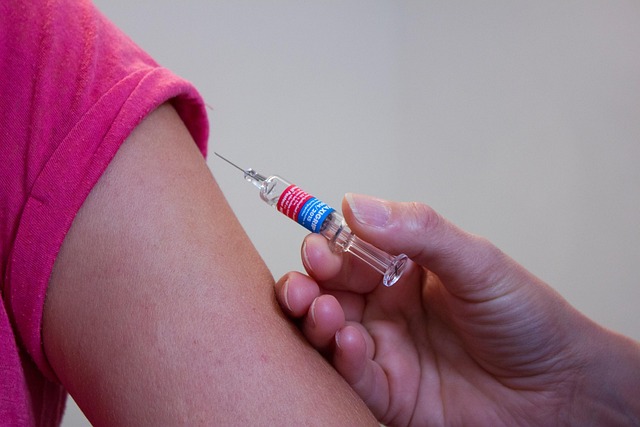Understanding Crohn's Disease: Symptoms, Causes, and What to Expect in 2025
Crohn's disease is a complex inflammatory bowel disease (IBD) that affects the digestive tract, causing chronic inflammation that can impact any part of the gastrointestinal system from mouth to anus. This chronic condition affects millions worldwide and requires ongoing management through various treatment approaches. As medical science advances, new understanding and treatment options continue to emerge.

How Crohn’s Disease Affects the Body
Crohn’s disease primarily impacts the digestive system, causing inflammation that can penetrate deep into affected tissue layers. This inflammation often occurs in patches, leaving healthy sections between affected areas. Common areas affected include the small intestine and colon, though inflammation can appear anywhere in the digestive tract. The condition can lead to complications such as strictures, fistulas, and nutritional deficiencies.
Symptoms of Crohn’s Disease in Females
While Crohn’s disease affects both males and females, certain symptoms may present differently in women. Female patients commonly experience:
-
Irregular menstrual cycles
-
Increased risk of urinary tract infections
-
Complications during pregnancy
-
Iron deficiency anemia
-
Specific symptoms affecting reproductive health
Additionally, women may experience joint pain, skin problems, and fatigue more frequently than male patients.
What to Expect with Active Crohn’s
During active disease phases, patients typically experience:
-
Severe abdominal pain
-
Persistent diarrhea
-
Unexpected weight loss
-
Fatigue and reduced energy
-
Fever and night sweats
These flare-ups can last days to months and may require adjustments to treatment plans. Remission periods, where symptoms subside, can also occur with proper management.
What Crohn’s Disease Pictures Can Show
Medical imaging plays a crucial role in diagnosing and monitoring Crohn’s disease. Different imaging techniques reveal:
-
Inflammation patterns in intestinal walls
-
Strictures or narrowing of the intestines
-
Fistula formation
-
Disease progression or improvement
-
Treatment effectiveness
Treatment Options and Expected Advances by 2025
Current treatment approaches include:
-
Biologic therapies targeting specific inflammatory pathways
-
Traditional immunosuppressive medications
-
Corticosteroids for acute flare management
-
Dietary modifications and nutritional support
-
Surgical interventions when necessary
Expected advances by 2025 include:
-
New targeted biological therapies
-
Improved drug delivery systems
-
Enhanced monitoring technologies
-
Personalized medicine approaches based on genetic profiles
-
Novel microbiome-based treatments
This article is for informational purposes only and should not be considered medical advice. Please consult a qualified healthcare professional for personalized guidance and treatment.
Note: Specific treatment outcomes and advances mentioned for 2025 are based on current research trajectories and may evolve as new evidence emerges. Continue working with healthcare providers to stay informed about the latest treatment options.




